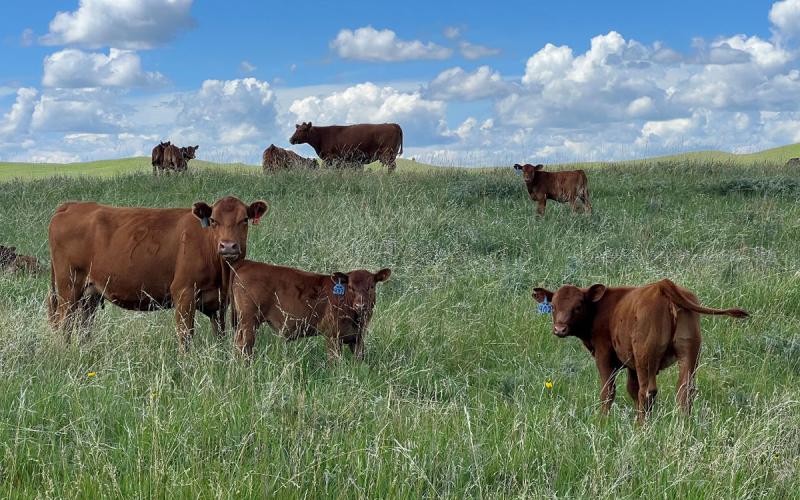Written collaboratively by Jamie Brennan, Krista Ehlert and James Bolyard.
Streams and riparian areas are a valued resource to ranchers, providing, among other things, forage, water, and shelter for livestock. Unfortunately, their relatively low prevalence on the landscape and livestock’s heavy reliance on them has led to widespread degradation to many streams and riparian environments in rangelands worldwide. This has driven increased interest in low-cost, low-tech tools (LCLTT) such as beaver dam analogs, post-assisted log structures, and one-rock dams for riparian restoration that can be implemented by private landowners, non-profit organizations, and state or federal agencies alike (Range Roundup Riparian Health Project). However, like most activities that can affect wetlands or water quality and availability, stream restoration involves a permitting process.
Historically, permitting activities within wetlands and floodplains was a complicated process, with separate permits sometimes required from multiple entities at the federal, state, county, and local levels. As awareness of the need for restoration increased there has been a corresponding increase in the movement to streamline the permitting process in many areas, so it is often a much simpler process than it was even a decade ago. Among the more prominent of these streamlining processes is the implementation of the Army Corps of Engineers (ACE) Nationwide Permits (NWP), of which NWP 27 applies specifically to “Aquatic habitat restoration, enhancement, and establishment activities,” including many LCLTT practices. If a prospective project is determined by the ACE to meet the requirements of NWP 27 it allows the project to skip many of the federal permitting processes that can take months or years to complete.
Several requirements must be met to qualify for NWP 27, including considerations for fish, shellfish, migratory birds, and eagles, effects on historic properties/locations, hydrology/streamflow, appropriate construction methods and materials, and the rights of private landowners and tribal entities. Notifications should be submitted as early as possible before the start of construction. Within 30 days of receiving the notification, applicants should either be approved or, if the application is determined to be incomplete or too vague, get a request for further information. Once approved, the permit is valid for the initial construction and subsequent maintenance but does not cover additional construction or the use of methods or materials not approved in the initial notification.
The only time notification does not have to be submitted to the ACE is if the restoration is part of a binding restoration agreement with designated federal or state agencies, or if a private landowner has entered into a voluntary stream or wetland restoration agreement with the NRCS or a US Department of Agriculture Technical Service Provider. In these cases, criteria will be evaluated as part of the restoration agreement, and, once approved by the agencies involved, the completed documentation for these agreements can be submitted to the ACE in place of notification a minimum of 30 days before the start of construction.
While the permitting process for stream and riparian restoration has been streamlined by NWP 27 and other recent developments, it is still a complicated process that many landowners may wish to have some guidance. Those interested in learning more about riparian restoration, restoration agreements, LCLTT, or the permitting process should reach out to their local NRCS or SDSU Extension offices. Though this article serves as an introduction to NWP 27, it is in no way comprehensive, and other permitting requirements may also exist depending on your location and the water body to be restored. Visit Army Corps of Engineers Nationwide Permit 27 for more information.

